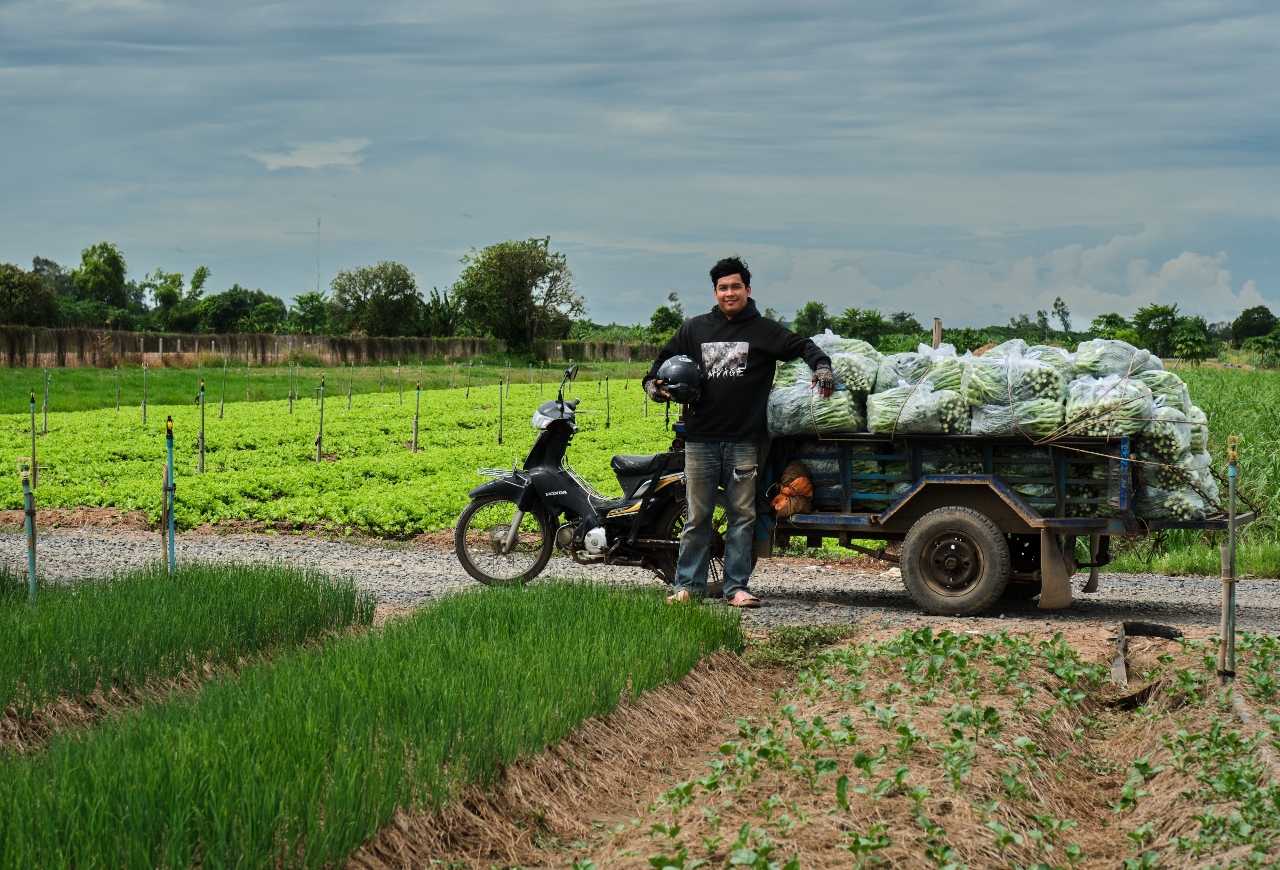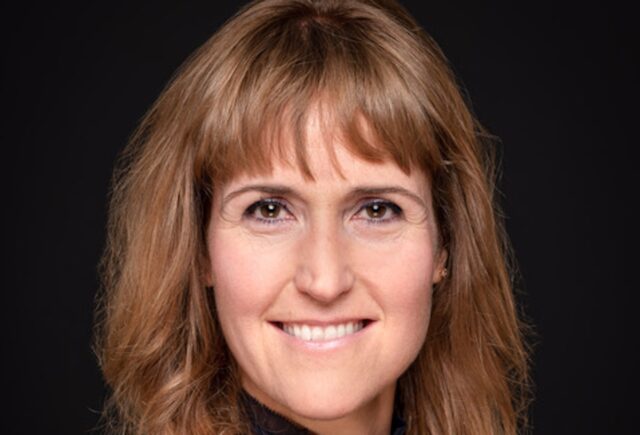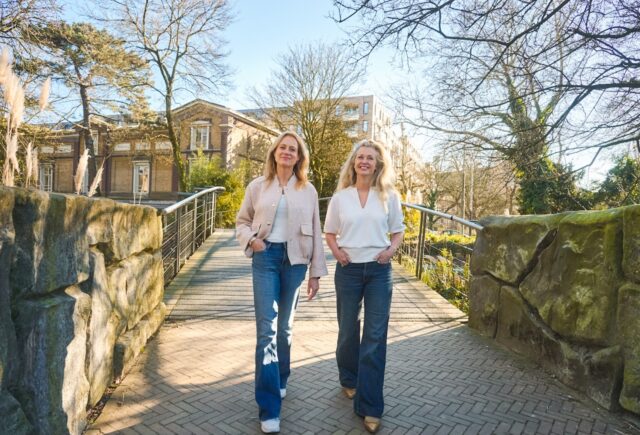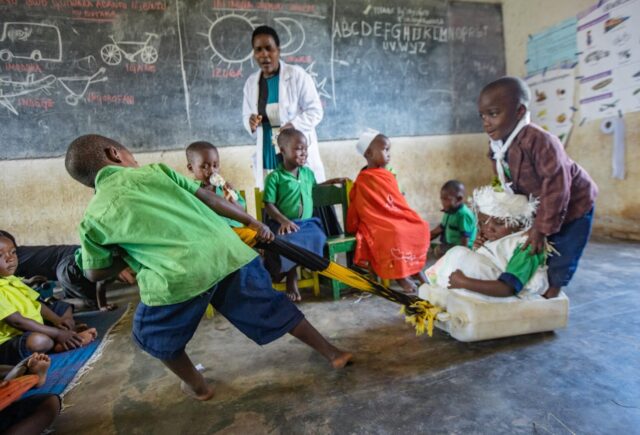The €400m impact fund backed by the Dutch government is developing its strategy in support of missing-middle SMEs, based on experience of its first decade of operations, and on discussions with stakeholders.

The Dutch Good Growth Fund (DGGF) says discussions at a recent stakeholder event to mark its 10th anniversary underscored the need for impact investors to help mobilise more local capital to support SMEs in emerging markets, and to intensify collaboration to achieve this.
The ten-year knowledge sharing event held in Amsterdam on 22 October brought together the DGGF and its partners to discuss lessons learned and explore the future evolution of impact investing in support of SMEs. In attendance were representatives of the funds and finance providers in which the DGGF invests, the underlying SMEs, co-investors including development finance institutions, foundations and family offices, the Dutch foreign ministry and other partners.
The DGGF is co-managed by Amsterdam-based impact investment manager Triple Jump and PwC. Julia Kho, manager for seed capital and business development at Triple Jump, told Impact Investor that the event had provided a valuable forum to assess the DGGF’s progress in nurturing a more conducive ecosystem around SMEs in emerging markets, through support for diverse financial and non-financial services.
SME focus
The DGGF was established by the Dutch Ministry of Foreign Affairs in 2014 to provide investment in missing-middle SMEs in emerging markets, with a focus on those run by and benefitting women and youth. It also invests in fragile countries often deemed too high-risk for other investors. More recently, it has made climate mitigation and adaptation central planks of its investment strategy.
The fund itself now stands at over €400m and has made more than 75 investments in SME-focused funds and financial intermediaries, serving more than 11,700 SMEs with activities across 55 countries. DGGF also operates a €62m seed capital and business development facility, which provides support for new financial and non-financial local intermediaries at a much earlier point in their evolution than government-backed investment organisations do typically. It also provides technical assistance to investee companies.
Kho and her team are currently putting together a report on the main takeaways from the knowledge-sharing event, which will be published before the end of 2024. This will cover lessons learned on what has worked and not worked in terms of SME finance during the fund’s life so far and look at possible new focus areas for DGGF and its partners over the next decade.
“This is a long-term effort. The first signs of evidence of both financial and impact performance generated from supporting local SMEs in these markets are being observed. However, if we aim to reach proper scale, this community will have to expand beyond its boundaries,” she said, outlining one key theme from the event.
Achieving this means mobilising local capital through development banks, pension funds, private equity firms, and other organisations equipped to engage in SME finance. That effort that will demand enhanced collaboration across the sector, according to Kho.
“We need to pull not only resources together but also the data and lessons learnt that create the evidence base to influence new stakeholders, notably local ones to join this effort and bring it to scale,” she said.
New insights
DGGF has also released a 2024 Impact Report to coincide with its 10th anniversary, which includes a number of case studies.
Over its first decade, the fund has established a track record that demonstrates a willingness to invest in local SME finance providers that many other investors would deem too high-risk, as Clemens Gerteiser, Triple Jump’s director of fund investments, told Impact Investor in January 2023.
The fund has continued along this path, while adjusting its strategy to account for further new insights.
For example, when the DGGF first launched, it did not plan to support venture capital funds on a regular basis, as it assumed the high-growth technology-driven companies in which they invested would not create enough jobs to meet DGGF’s objectives. Kho said that view changed when it became clear that many tech-enabled companies actually created more jobs than moderate growth firms, because of their fast expansion.
“The other very important angle for us is that the people behind these high growth companies are, in 90% of cases, young entrepreneurs below 35 years-old, and that’s one of our target areas,” she said. “Also, we have ten years of data showing that more than 80% of these companies are creating jobs for young people.”
The fund has also pushed climate considerations higher up its list of investment criteria.
“We’re now very much focused on both climate adaptation and resilience, so we are very proactive in supporting funds with these angles,” Kho said.
This drive also includes supporting long-standing portfolio investees with support on reducing their own carbon footprints, via knowledge transfer and technical assistance.
Another key theme at the Amsterdam event was the disproportionate way in which climate change affects women, with action required to provide gender-smart SME climate finance initiatives and actionable strategies to seize these opportunities. The DGGF wants to tackle this directly, building on its already significant investments in financial intermediaries prioritising gender equality.
Fragile states
Recent investments also reflect the fund’s commitment to invest in a wide range of countries, including fragile states. These include a 2024 equity investment in Bank Lviv, a financial institution in western Ukraine serving 43,000 clients in the agricultural, micro, and SME sectors. More than a third of SMEs reached by the DGGF are in fragile states, such as Liberia, Mali, and Myanmar, as well as the Palestinian Territories.
Kho said that DGGF’s ability to fulfil its long-term financial aim of preserving its capital was a vindication of its strategy of making diverse and often high-risk investments across many and varied countries. But a better picture of its performance is likely to emerge in coming years, given its investments are typically ten years in duration with options for one or two one-year extensions. “Now, at ten years, we are preserving the capital. A lot of it remains unrealised, but what we see at the moment is encouraging,” she said.





